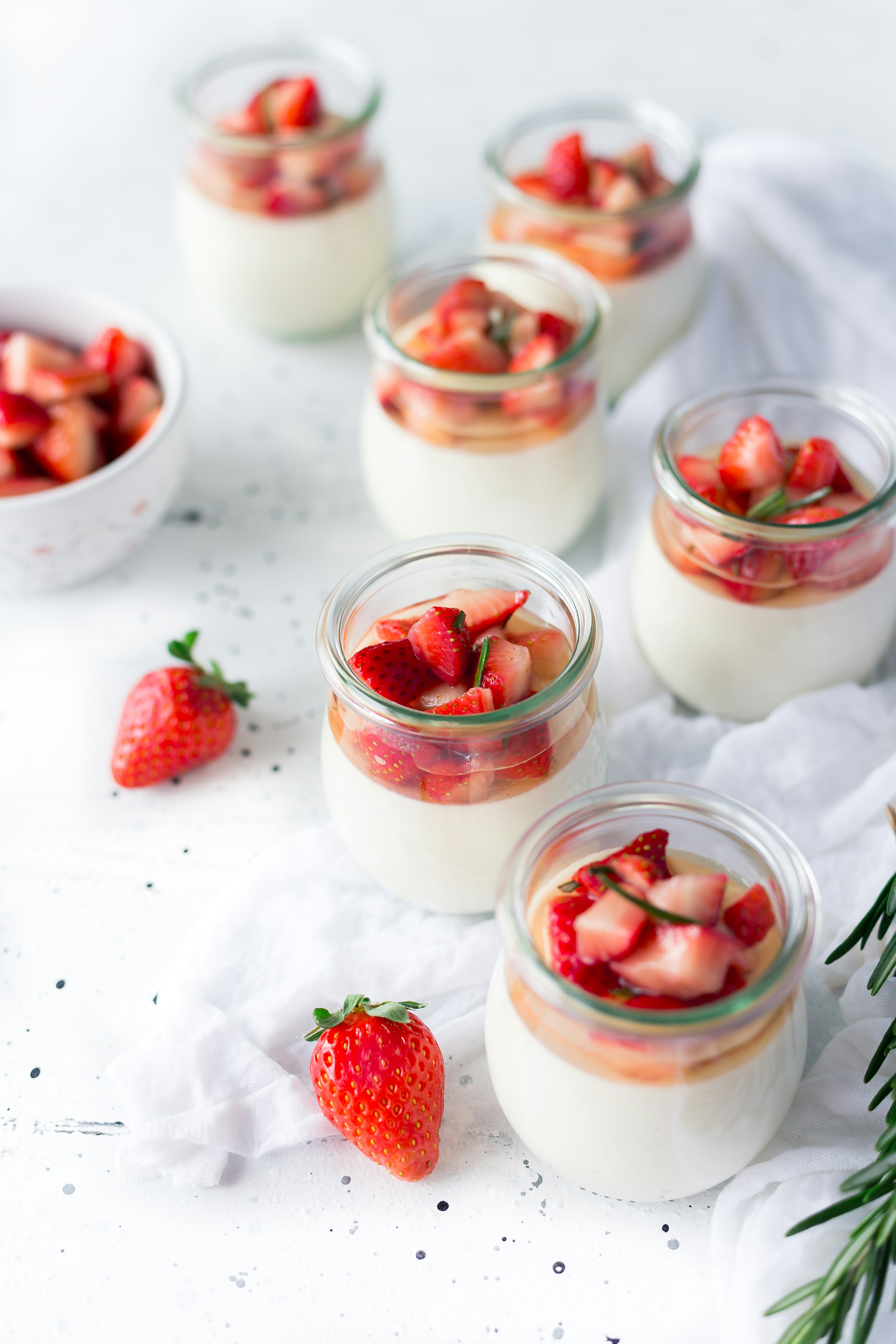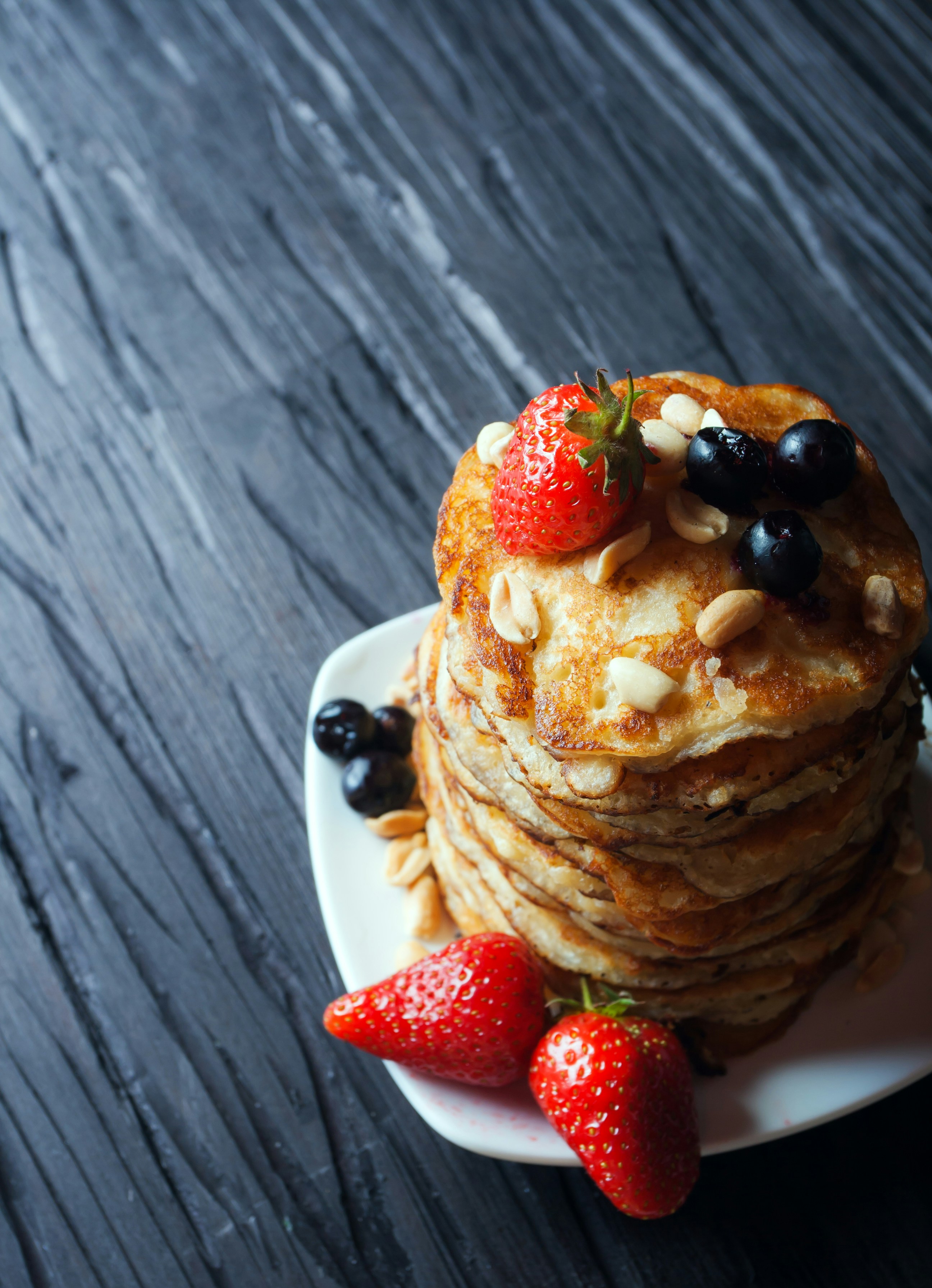If you’re a dog owner, you may have found yourself wondering whether it’s safe to share a piece of bread with your furry friend. After all, bread is a staple food for many of us humans, but can dogs eat bread too? In this article, we’ll explore the topic of dogs and bread, discussing whether it’s safe for dogs to consume and what precautions you should take to ensure their well-being. So, let’s dig into the details and find out if Fido can enjoy a doughy treat or if it’s best to keep the bread basket out of their reach.
Understanding the Dog’s Diet
When it comes to understanding a dog’s diet, there are a few key components to consider. From the nutrients dogs need to the differences between human and dog nutrition, it’s important to have a comprehensive understanding of what your furry friend should be eating.
A look at a standard dog’s diet
First and foremost, let’s take a closer look at what a standard dog’s diet consists of. Typically, a healthy diet for a dog includes a balance of protein, carbohydrates, fats, vitamins, and minerals. Protein is especially important for dogs as it helps support their muscles and overall growth. Carbohydrates provide energy, while fats help with nutrient absorption and keep a dog’s coat healthy.
Key nutrients dogs need
While dogs need a wide range of nutrients to thrive, there are some key ones that should be prioritized. Some important nutrients for dogs include:
-
Protein: Dogs require high-quality animal-based protein to support their growth, repair tissue, and produce essential enzymes.
-
Omega-3 fatty acids: These play a crucial role in a dog’s skin and coat health, as well as supporting their joint health and cognitive function.
-
Vitamins and minerals: Dogs need a balance of various vitamins and minerals, including vitamin A, vitamin C, vitamin D, calcium, and phosphorus, to name a few.
It’s important to ensure that your dog’s diet is well-balanced and provides all the necessary nutrients for their overall health and well-being.
Differences between human and dog nutrition
While humans and dogs may share some similar nutritional needs, there are also significant differences. Dogs are primarily carnivores, which means their bodies are designed to digest and thrive on meat-based diets. On the other hand, humans are omnivores, capable of obtaining nutrients from both plant and animal sources.
Additionally, while humans can safely consume a wide range of foods, some common human foods can be incredibly toxic to dogs. This is something every dog owner should be aware of to keep their furry friend safe and healthy.
Foods Unsafe for Dogs
As much as we love to share our food with our four-legged companions, there are some foods that are toxic to dogs. It’s important to be aware of these foods and take precautions to prevent your dog from consuming them.
Common foods that are toxic to dogs
There are various foods that can be toxic to dogs and should be strictly avoided. Some common ones include:
-
Chocolate: Chocolate contains theobromine, which dogs cannot metabolize efficiently. Even small amounts can cause symptoms like vomiting, diarrhea, and, in severe cases, even heart problems.
-
Grapes and raisins: Grapes and raisins can lead to kidney failure in dogs. The exact substance that causes the toxicity is still unknown, so it’s best to avoid these fruits altogether.
-
Onions and garlic: Onions and garlic, in any form (raw, cooked, or powdered), can damage a dog’s red blood cells and cause anemia.
-
Avocado: Avocados contain persin, which is toxic to dogs and can lead to vomiting, diarrhea, and even heart damage.
It’s important to keep these foods out of your dog’s reach and be cautious about what you share from your own plate.
What to do if your dog consumes toxic food
Accidents happen, and if your dog consumes something toxic, it’s essential to act quickly. In case of an emergency, contact your veterinarian immediately for guidance. They may recommend inducing vomiting, administering activated charcoal, or any other necessary treatment based on the situation.
Preventing accidents – dog-proofing your kitchen
To minimize the risk of your dog consuming toxic foods, it’s crucial to dog-proof your kitchen. Make sure all potentially hazardous foods are stored securely and out of reach. Trash cans should have tight-fitting lids and be kept in areas where your dog cannot access them. Additionally, always be vigilant when cooking or eating in the presence of your dog, ensuring that no harmful scraps or foods are dropped or left unattended.
Can Dogs Eat Bread?
Now, let’s delve into the topic of whether dogs can safely eat bread. Bread is a staple in many households, and it’s natural to wonder if our furry friends can enjoy it too.
Breaking down the question
To answer this question, it’s important to understand the various factors that come into play. Is bread safe for dogs to eat? Does it provide any nutritional value? Are there any potential risks or dangers involved?
General safety of bread for dogs
In general, bread is not inherently toxic or harmful to dogs. Most commercially available bread is safe for dogs to consume in moderation. However, it’s important to note that some types of bread can be unsafe for dogs due to certain ingredients or preparation methods.
Nutritional Value of Bread for Dogs
To determine whether bread can contribute to a dog’s nutritional needs, let’s take a closer look at its nutrient makeup.
Bread’s nutrient makeup
Bread primarily consists of carbohydrates, with some protein and fat content depending on the type of bread. While it can provide energy, it falls short in terms of fulfilling a dog’s complete nutritional requirements. Dogs require a diet that is rich in animal-based protein, and bread alone may not provide sufficient amounts of it.
Fulfilling a dog’s nutritional needs with bread
Since bread doesn’t meet all of a dog’s nutritional requirements, it’s important to ensure that it is fed in conjunction with a well-balanced dog food or a diet recommended by a veterinarian. This way, your furry friend will receive the necessary nutrients while still being able to enjoy the occasional bread treat.
Comparing bread to traditional dog food
When comparing bread to traditional dog food, the latter is specifically formulated to meet a dog’s nutritional needs. Dog food contains a balanced blend of protein, carbohydrates, fats, vitamins, and minerals, ensuring that your dog receives all the necessary nutrients to thrive.
While dogs can enjoy bread in moderation, it’s crucial to prioritize their overall diet and ensure they receive proper nutrition from their main meals.
Potential Risks of Feeding Bread to Dogs
While bread can be enjoyed by dogs, there are some potential risks and concerns associated with its consumption. It’s essential for dog owners to be aware of these risks and take appropriate precautions.
Obesity concerns
One of the significant risks of feeding bread to dogs is the potential for obesity. Bread is often high in carbohydrates and calories, which can contribute to weight gain if not consumed in moderation. Obesity in dogs can lead to various health issues, including joint problems, heart disease, and diabetes.
Gluten intolerance in dogs
Another concern is the possible presence of gluten in bread. While gluten itself is not toxic to dogs, some dogs may have gluten intolerance or sensitivity. This means that consuming bread containing gluten can lead to gastrointestinal issues such as diarrhea, vomiting, and abdominal discomfort. If you suspect your dog has a gluten intolerance, it’s best to consult with your veterinarian.
Potential for choking or blockages
Feeding bread to dogs in large pieces or without proper preparation can increase the risk of choking or blockages. Bread can be quite dense and sticky, making it difficult for dogs to chew and swallow. To mitigate this risk, ensure that the bread is cut into small, manageable pieces or consider moistening it with water to make it easier for your dog to eat.
Breads Dogs Should Avoid
While some types of bread may be safe for dogs to consume, there are certain varieties that should be strictly avoided due to their potential health risks.
Dangers of raisin bread
Raisin bread, as the name suggests, contains raisins, which can be highly toxic to dogs. Raisins and grapes can lead to kidney failure in dogs, even in small amounts. Therefore, it’s crucial to avoid feeding raisin bread or any baked goods containing raisins to your furry friend.
Why dogs shouldn’t eat garlic bread
Garlic is another ingredient commonly found in bread that can be harmful to dogs. Garlic, even in small quantities, has the potential to damage a dog’s red blood cells and lead to anemia. Therefore, it’s best to steer clear of garlic bread when it comes to your dog’s diet.
The risks of very sweet, sugary breads
Breads that are excessively sweet or contain a high amount of added sugars can pose risks to dogs. Overconsumption of sugary breads can lead to weight gain, dental issues, and even diabetes in dogs. It’s crucial to avoid giving your dog breads that have high sugar content or are overly sweetened.
Safe Ways to Give Bread to Dogs
If you decide to give bread to your dog, there are some guidelines to follow to ensure their safety and enjoyment.
Serving size considerations
When it comes to feeding bread to dogs, moderation is key. Bread should only be incorporated as a small part of their diet and given sparingly. The appropriate serving size will depend on your dog’s size, weight, and overall health. Consult with your veterinarian to determine the ideal portion size for your furry friend.
How to prepare the bread
To make bread easier for dogs to eat and digest, consider cutting it into small, bite-sized pieces. If the bread is too dry, you can moisten it with water to make it more palatable and easier for your dog to consume.
When to give bread as a treat
Bread can be given to dogs as an occasional treat or as a reward during training. It should never replace their regular meals, as it lacks the essential nutrients necessary for their overall well-being. Treats should make up no more than 10% of a dog’s daily calorie intake, so make sure to monitor the amount of bread you’re providing.
What Vets Say About Dogs Eating Bread
Consulting with a veterinarian is always advisable when it comes to making decisions about your dog’s diet. Here’s a glimpse into what experts have to say about dogs eating bread.
Expert opinions on dogs and bread
Opinions among veterinarians regarding dogs and bread may vary. Some veterinarians believe that bread can be incorporated into a dog’s diet in moderation, viewing it as a safe and enjoyable treat. However, others caution against feeding bread to dogs due to its potential risks, such as obesity and gastrointestinal issues.
When to consult a vet about your dog’s diet
If you have concerns or questions about feeding bread to your dog, it’s best to consult with a veterinarian. They can assess your dog’s specific dietary needs, health conditions, and any potential risks associated with including bread in their diet. Your vet may even recommend alternative treats or specific brands that prioritize your dog’s overall health.
Alternatives to Bread for Dogs
While bread can be enjoyed by dogs in moderation, there are plenty of healthy alternatives and treats that can provide the same enjoyment without the potential risks.
Healthy treat alternatives
Instead of bread, consider offering your dog healthier alternatives as treats. Some examples include small pieces of cooked chicken, carrot sticks, apple slices, or even frozen fruits and vegetables. These options are packed with nutrients and provide a healthy reward for your furry friend.
Homemade dog treats
If you love to get creative in the kitchen, making homemade dog treats can be a great way to provide your dog with delicious and nutritious options. There are countless recipes available that use ingredients specifically selected for their health benefits, allowing you to cater to your dog’s individual needs and preferences.
Store-bought options
If you prefer the convenience of store-bought treats, there are plenty of options available that are specifically formulated for dogs. Look for treats that prioritize high-quality ingredients, are made with minimal processing, and meet your dog’s specific dietary needs. Always read the ingredient list and choose options that are free from harmful additives or excessive sugars.
In Conclusion: Can Dogs Eat Bread Safely?
After considering the various aspects of dogs eating bread, it’s important to review the facts and reach a conclusion.
Reviewing the facts
Bread itself is generally safe for dogs to consume in moderation. However, certain types of bread can be harmful or pose risks due to ingredients like raisins, garlic, excessive sugars, or gluten.
Reaching a verdict on dogs and bread
Based on expert opinions and considerations, it is safe to say that dogs can eat bread as an occasional treat, as long as it is carefully selected, prepared, and served in moderation. It should never replace a well-balanced dog food that meets their nutritional needs.
However, every dog is unique, and individual considerations must be taken into account. Consult with your veterinarian to determine the best approach for your dog’s diet and to address any specific concerns or dietary restrictions they may have.
Remember, the health and well-being of your furry friend should always be top priority, and responsible feeding practices will ensure they live a long and happy life.







